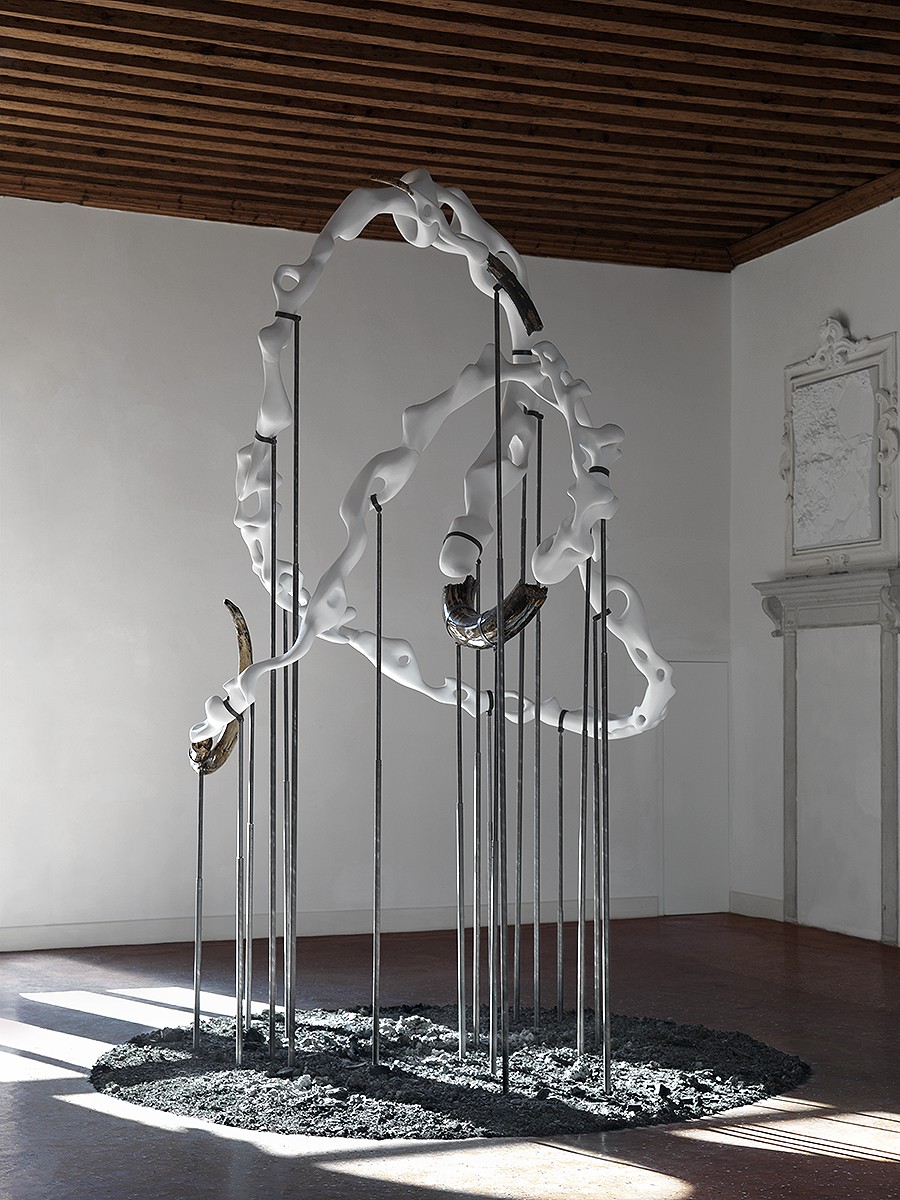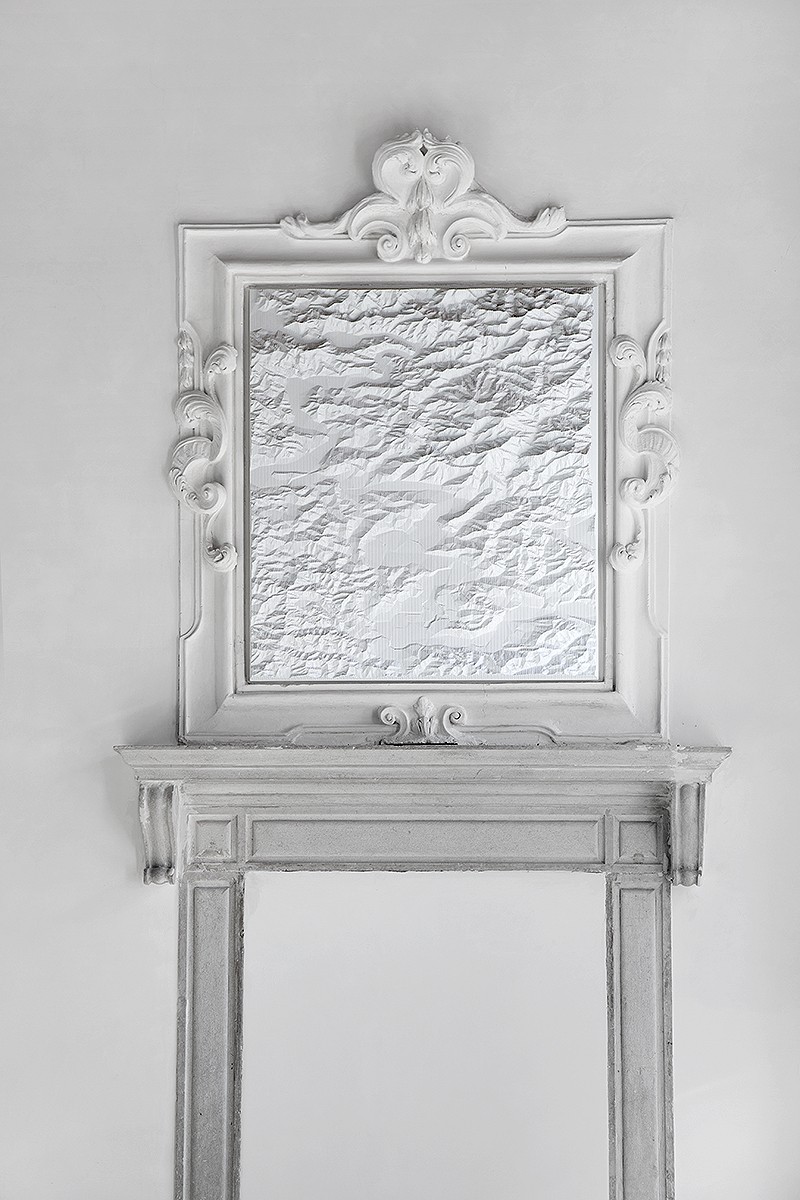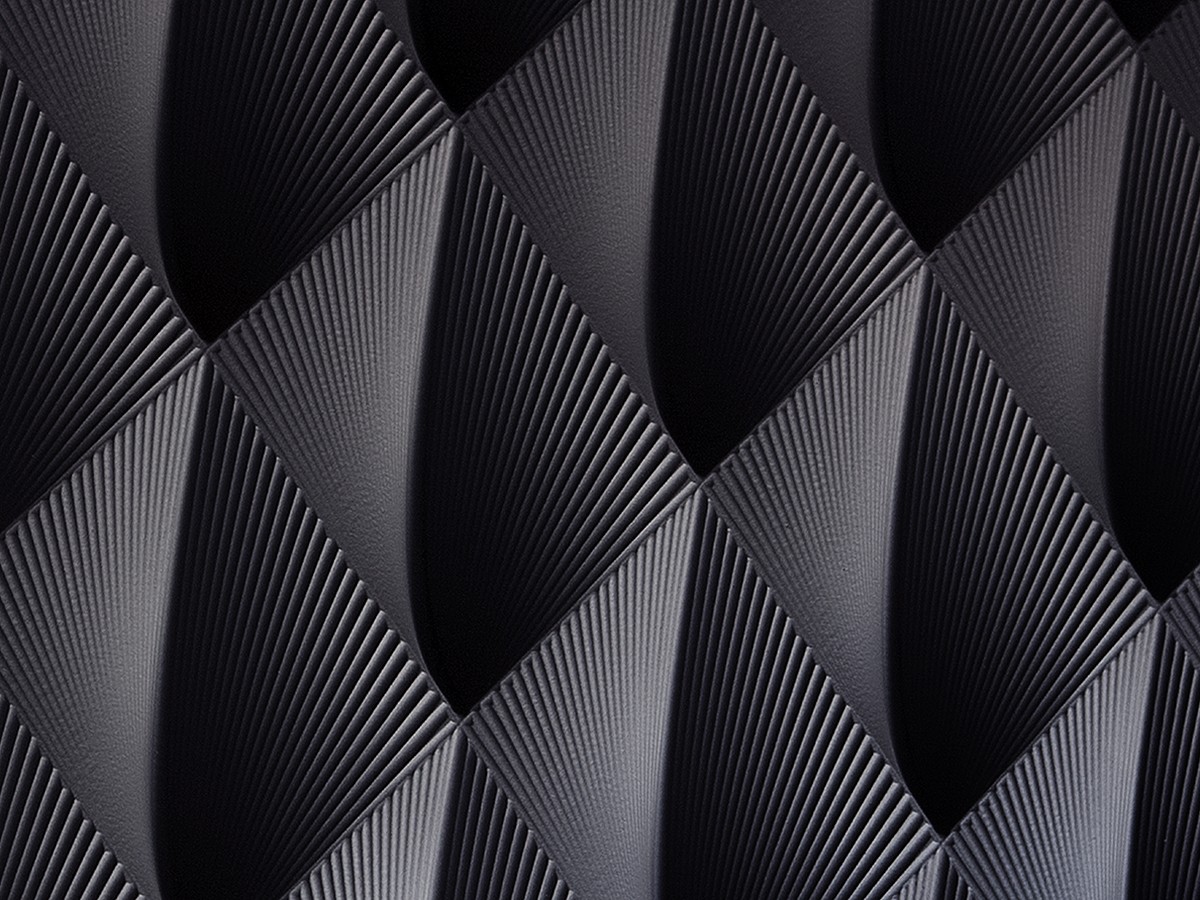At the Back of the North Wind
54th Venice Biennale (Collateral Project) at Palazzo Bollani / June 15 -November 27, 2011
Anton Ginzburg: At the Back of the North Wind is was an exhibition of new works by Anton Ginzburg, which was open to the public from June 3 to November 27, 2011 during the 54th Venice Biennale at the Palazzo Bollani. The exhibition was selected for inclusion in the la Biennale di Venezia’s Collateral Program. It was curated by Matthew Drutt and supported by the Blaffer Art Museum and Flo Art Fund, with initial organizational support provided by Artpace San Antonio.
In developing this project, Ginzburg embarked on a three-part journey, commencing in the American North West (Astoria, Oregon), continuing to St. Petersburg and then to the White Sea, the site of the Soviet Gulag prison camps.
The exhibition encompassed four rooms and two floors and included three large-scale sculptural installations, eight site-specific bas reliefs, photography, paintings, a video installation and a series of works on paper. The central narrative force for the exhibition, the film, was a poetic and evocative record of the expedition to “map the void” and search for the mythological land of Hyperborea, “beyond the Boreas” (beyond the North Wind).
On the first floor of the palazzo were a series of photographs and works on paper, detailing and expanding upon the artist’s travel journal, revealing the process of developing the project, as well as artifacts from the artist’s explorations.
The exhibition, took the form of a dreamscape, begining in the grand salon with an installation entitled Ashnest. In this work, a serpentine sculpture emerges from a vast, centrally positioned circle of ashes five meters (over 16 feet) in diameter. Sculptural elements, some up to four meters (13 feet) in height, rose from the circle of ash and debris held by steel rods, in a similar manner as anthropological museum presentations. Fragments of 40,000 year-old mammoth tusks were juxtaposed and combined with sculptural elements developed from the micro CT scan of the human bone and reproduced in three-dimensional polyurethane structures. In a manner common to scientific practice, these objects were made whole based on computerized approximations of their original forms in combination with artistic invention. The resulting sculpture the embodiment of an alternative history, evoked a palpable sense of the mystery surrounding the origins of the elements. Ashnest conveyed a feeling of the after effects of disaster and collapse. Eight molded panels, which once framed paintings in the palazzo’s interior, contained site-specific bas reliefs of geometric masks and abstract motifs relating to the cosmogony of sculptural characters and references presented throughout the exhibition.
































